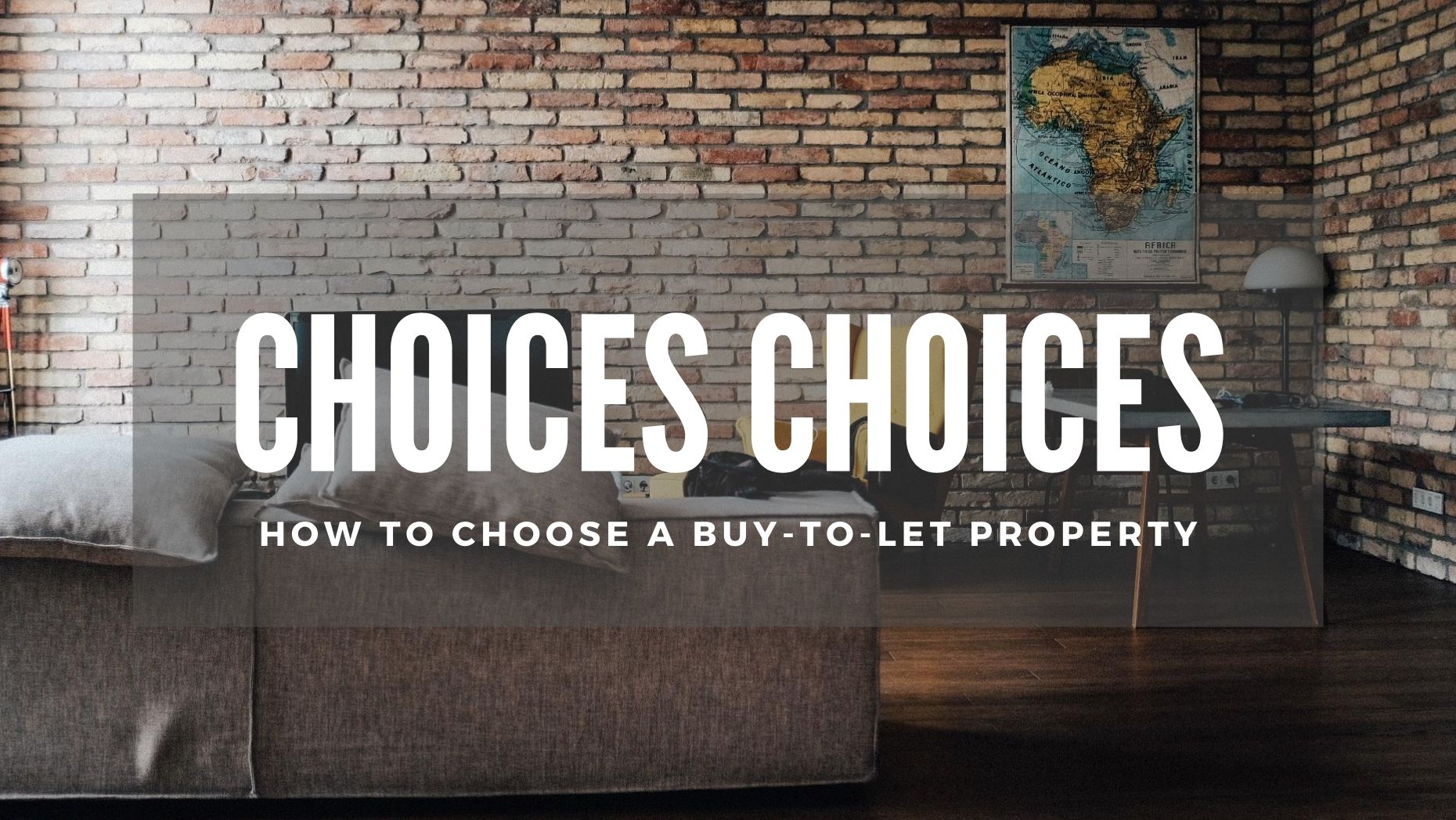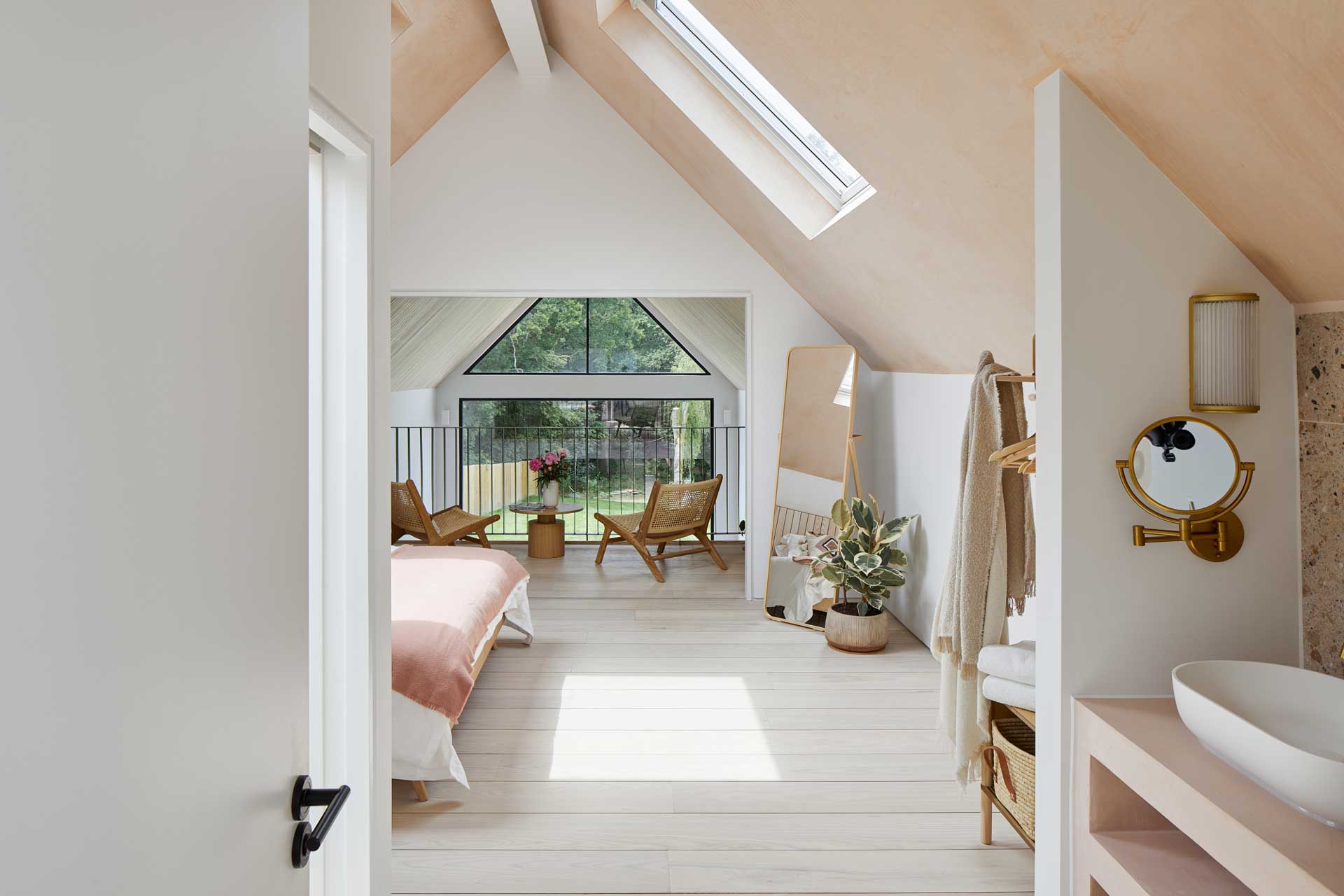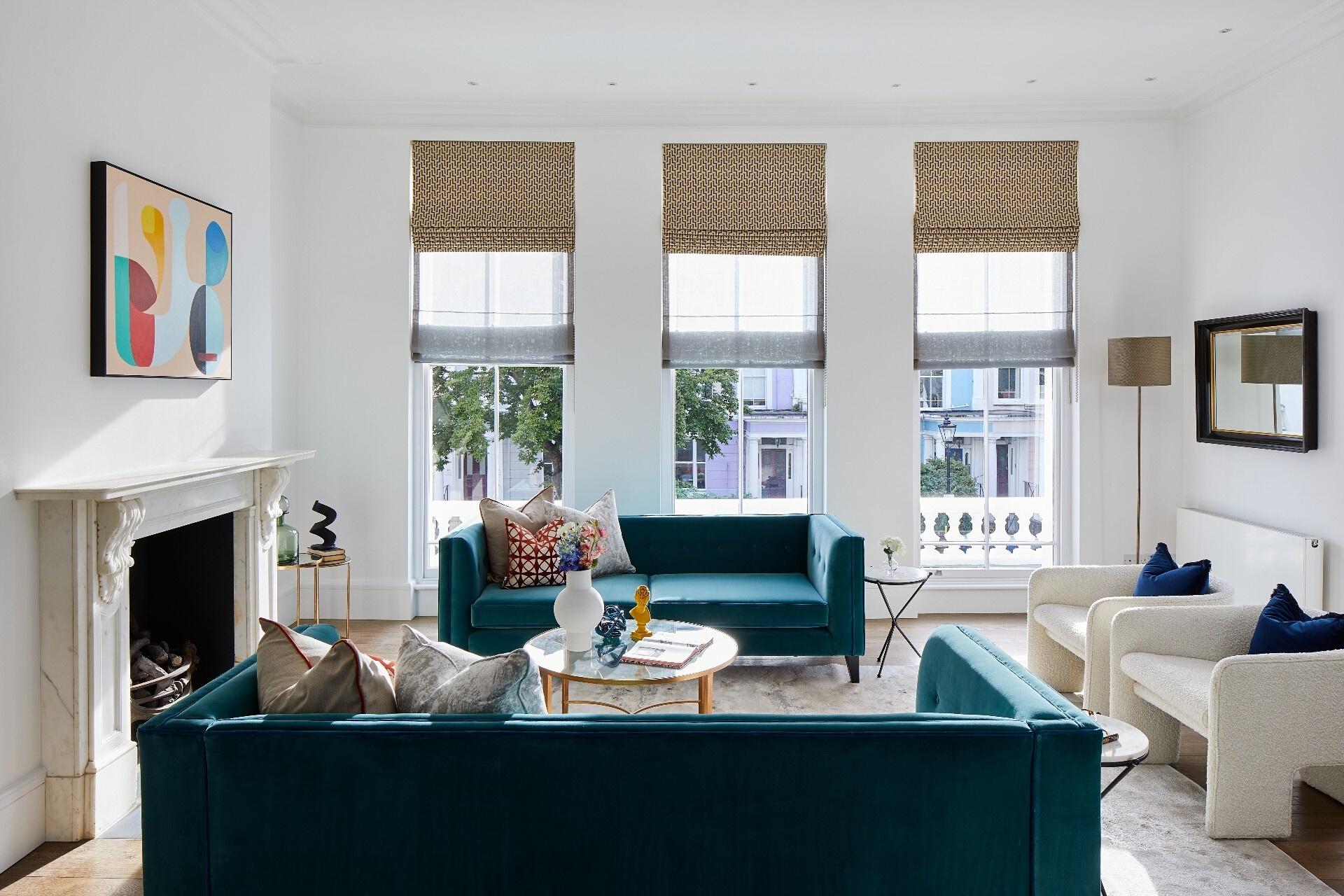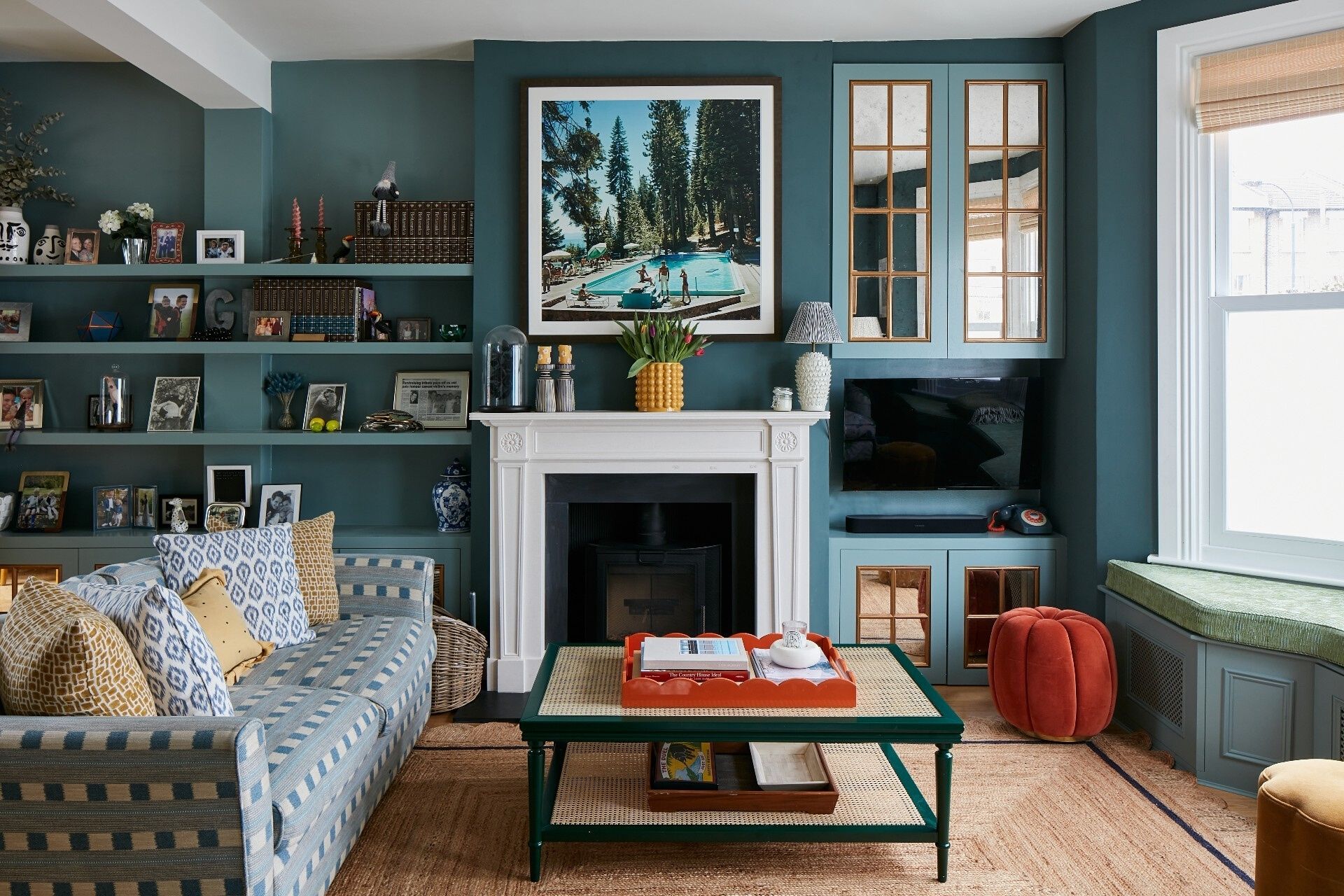What kind of property makes a good rental investment? Is it better to buy an old or new home? What sort of location will attract the tenants you want? And what should you look for to avoid buying into hassle?
What kind of property makes a good rental investment? Is it better to buy an old or new home? What sort of location will attract the tenants you want? And what should you look for to avoid buying into hassle? These questions and more are answered in this week's blog to help you identify the right kind of property to begin or expand your portfolio
While there's probably a person for any property if the price is right, being a landlord is about getting the highest, rather than lowest, return. So when you're choosing a buy-to-let property, your priorities should be regular and continued occupation combined with ease of finding tenants, which means anything too specialist, no matter how lovely, might prove to be hard work.
Staying focused on properties that will work as a business is the way to make your landlord life as easy and profitable as possible.
FLATS ABOVE SHOPS
In the residential sales market, flats over local parades of shops - often in Victorian or 1930s buildings - are among the least in demand from owner-occupiers. There is little cache in living above the dry cleaners or newsagent, and many people don't want to buy a property on a main road.
But the other side of the coin is that shopping parades are usually in the centre of a neighborhood, which immediately makes them convenient for socialising, shopping and public transport — three important factors for tenants — and can make them easy renters.
Flats above shops - along with properties on main roads in general - are often larger than their conversion counterparts in the residential side streets, giving you more floor space for your money and potentially more rent. So if your business model concentrates on yield, rather than capital return, these can be a good choice for a landlord.
Be mindful of the types of businesses that occupy the ground floor, both directly below that flats and in the adjoining buildings. Does a shop have access to any of the communal areas for the flats? Is there a takeaway pumping out smells that drift up through the building or past the windows? A cool coffee house is different to a late night kebab shop, so make sure you visit when the businesses are open to get the full picture (and smell!)
CONVERSION APARTMENTS
Victorian, Edwardian and Georgian houses that have been converted into apartments are really popular with renters and owner-occupiers alike, meaning plenty of demand when you're looking for tenants, and also whenever you come to sell. From a resale point of view, the more original character the better, but you'll definitely pay for it.
One of the major appeals of conversions is the low service charges they attract because there are usually no facilities to maintain. However, that can translate into owners with no interest in spending any money on looking after the building. Check for tell-tale signs of poor management: scruffy communal halls with threadbare carpets; neglected exterior decoration; overgrown garden areas.
If the freehold has been bought by the owners of the flats, they could collectively decide to keep the expenditure to a minimum, rather than the upkeep to a maximum. Alas, landlords can be the main culprits as they don't have to witness the building's dishevelled state every morning and evening. And when there's no-one enforcing the maintenance covenants of the leases, things will inevitably deteriorate.
That doesn't mean there aren't beautiful examples of lovingly maintained period conversions owned by people who take genuine pride in their building, but it's worth asking how many of the apartments are rented and how many are lived in by their owners. This could give you a flavour of how easy it will be to keep things looking their best.
Finally, listen for sounds of other neighbours. Older conversions are notorious for their lack of soundproofing, and, if the conversion was carried out before the 1990s, it's possible that sound transference will be an issue. Some people don't mind it and see it as a part of life, but it can become an unresolvable conflict between residents and result in regular changes of tenancy.
PURPOSE BUILT FLATS
Over the last 20 years or so the standard of newly built property has increased dramatically in the UK, with many new developments focusing on contemporary architecture, high quality specification and sleek design.
Buildings with residents facilities, from lifts and gardens to gyms and porters, have created an entirely new housing stock that's been taken up with enthusiasm by young professionals and creative people. This audience favours a modern, forward-looking and energy-efficient lifestyle away from the drafty and creaky character of older buildings.
Check for hefty service charges and good management as these buildings and their extras don't necessarily come cheap, but when well managed they are extremely popular with both renters and owner-occupiers. As modern architecture moved on from 80s & 90s new builds that tried to emulate older buildings, those pastiche developments with fewer facilities attract lower sales values, but they're not at all bad from a yield perspective.
Finally, purpose built apartments from the 30s, 60s and 70s are once again in vogue and finding favour with fans of art deco and mid century design. Obviously with older buildings it's sensible to ensure that good management and regular maintenance are in place, and whether any large bills for major repairs are on the horizon.
LITTLE HOUSES
The two-up two-down Victorian cottage is a staple of the rental market and offers a perfect layout for a pair of sharers with bedrooms that are generally fairly equal in size: this removes conflict and injects fairness and longevity into the tenancy. Also ideal for couples and young families, they are an endearingly popular choice and well worth your time as a buy-to-let investment.
Where we'd advise caution is for little houses with an extremely tiny third bedroom, because they won't appeal to the widest section of the rental market. When a third bedroom has been squeezed in, but where the accommodation isn't really designed for a larger household, that room can become the runt of the litter: perhaps no-one will want it as their bedroom; or the occupant will frequently change; or your tenancies will regularly end.
We advise going classic and sticking with what's proven to work by having double bedrooms wherever possible. The exception would be if a house was an absolute bargain, or had a particularly special quality: maybe a unique architectural style, or an exceptionally in-demand location that would give a high capital return.
BIG HOUSES
The classic 1930s semi and Victorian terrace have a firm place in the hearts of Brits, from sharers, families, couples, and almost everyone else. While many people at this stage of life are becoming homeowners, there's still a very decent demand in the rental market for the UK's most populous — and popular — houses.
If you're looking to rent a big house to sharers, your priorities should focus on proximity to transport followed by what's nearby for going out, meeting friends and having fun. Victorian terraces often have all double bedrooms split across multiple levels, which gives tenants extra privacy for an all-adult household.
Remember that the more sharers you have, the bigger the chance of individuals moving on as different lives take different directions. While the tenancy might not end, the people living in the property could well change which can result in extra wear and tear.
For renting to families, 1920s and 1930s houses with a mix of double and single bedrooms are a good fit. Your smartest move is to check for good local schools - by far the biggest driver for this part of the market - along with on or off-street parking (possibly for more than one car).
Streets and homes in the catchment areas for the best schools are among the most in demand and most expensive to buy, but focusing on the wishes of parents to provide the best education for their children is a good long-term strategy for rental demand, capital growth and easy saleability later on.
If you're looking at buying a modern house to rent out, apply exactly the same logic as above around bedroom sizes, location, nearby facilities and likely tenants.
Has this helped you get closer to a decision around the sort of buy-to-let property that's right for you?
Whatever stage you're at in being a landlord - looking for your next property; ready to rent one out, or looking to employ or switch agents - we'd love to help you get things right.





Share this with
Email
Facebook
Messenger
Twitter
Pinterest
LinkedIn
Copy this link